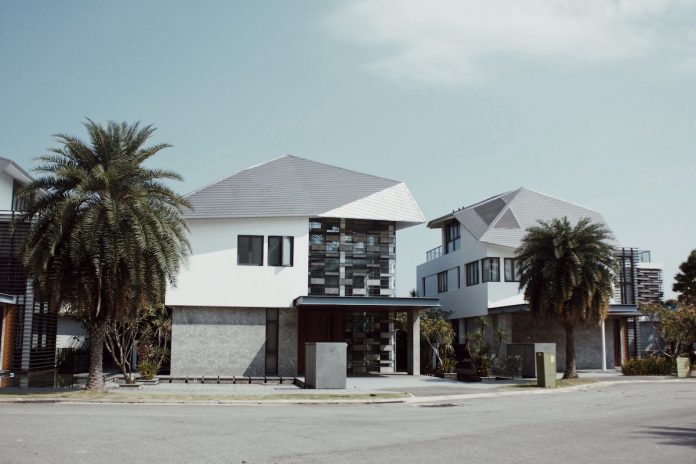Architecture And Design Based on Cause And Effect
A beautiful building or room is not only aesthetically pleasing but also functional. It is designed to serve a specific purpose and meet the needs of the people using it. To create an effective space, it is important to understand the principles of cause and effect. Today, we will discuss how these principles can be applied to architecture and design based on cause and effect.
What are the principles of cause and effect?
The principles of cause and effect are pretty simple: for every action, there is a reaction. For every cause, there is an effect. It’s the basic law of physics: for every action, there is an equal and opposite reaction. The same principle applies to human behavior. Every choice we make has a consequence, good or bad. That’s cause and effect.
Some causes are easy to identify: if you eat too much junk food, you’ll probably feel sick later; if you study hard for a test, you’re more likely to get a nice grade. But sometimes the causes are not so obvious. Why did that person behave that way? What led to that event? That’s when things can get complicated. But understanding cause and effect can help us make better choices in life, avoid repeating mistakes, solve problems more effectively – and design architecture, as we shall see.

How can they be applied to architecture and design?
The goal is to anticipate the “reaction” of the people who will use the space and design accordingly. For example, if a room is designed for entertaining, it should be spacious and have great acoustics. On the other hand, if the goal is to create a cozy space for reading or conversation, then it should be more intimate and have comfortable seating. You should read more cause-and-effect essay examples online to better understand how they work if needed.
Reading can improve your ability to think in terms of cause and effect – a skill that can be very useful in architecture and design.
What are some examples of how this has been done in the past?
For example, a column is placed in the center of a room to support the weight of the ceiling, which is the cause. The effect is that the column prevents the ceiling from collapsing. Another example can be found in the use of arches in bridges. The arch helps distribute the bridge’s weight evenly, preventing the bridge from collapsing.
The cause is the weight of the bridge, and the effect is that the arch prevents it from collapsing. These are just a few examples of how architects have used the principles of cause and effect to create stable structures.

How do these principles affect the user’s experience of a space?
The experience of a space is determined, in part, by the principles of cause and effect. These principles dictate how light, sound, and other environmental factors interact with the human senses to create an overall impression of a space. For example, a well-lit space free of visual barriers will feel more open and inviting than a dimly lit and cluttered space.
Similarly, a space with soft, muted colors will tend to feel more peaceful than a space with bold, bright colors. The principles of cause and effect also apply to how we experience smells, sounds, and temperatures in a space. By understanding how these factors affect our perceptions, we can create more enjoyable and inviting spaces.
What are the benefits of using these principles in architecture and design?
For one thing, understanding how cause and effect works can help you to avoid making potential mistakes. For example, suppose you know a certain material will likely break down under certain conditions. In that case, you can take steps to avoid using it in situations where those conditions are present.
Plus, understanding cause and effect can help you create more effective and efficient designs. Understanding how different elements interact allows you to create designs that minimize waste and maximize efficiency.
Understanding these principles can help you create designs that are more responsive to users’ needs. In addition, anticipating how users will interact with your design can create a better user experience overall. So, as you can see, there are plenty of good reasons to use the principles of cause and effect in your work.
Conclusion
By understanding and applying the principles of cause and effect in architecture and design, we can create more stable structures, avoid potential mistakes, maximize efficiency, and improve the overall user experience. So next time you’re designing a space, consider how cause and effect may play a role in your decisions.





